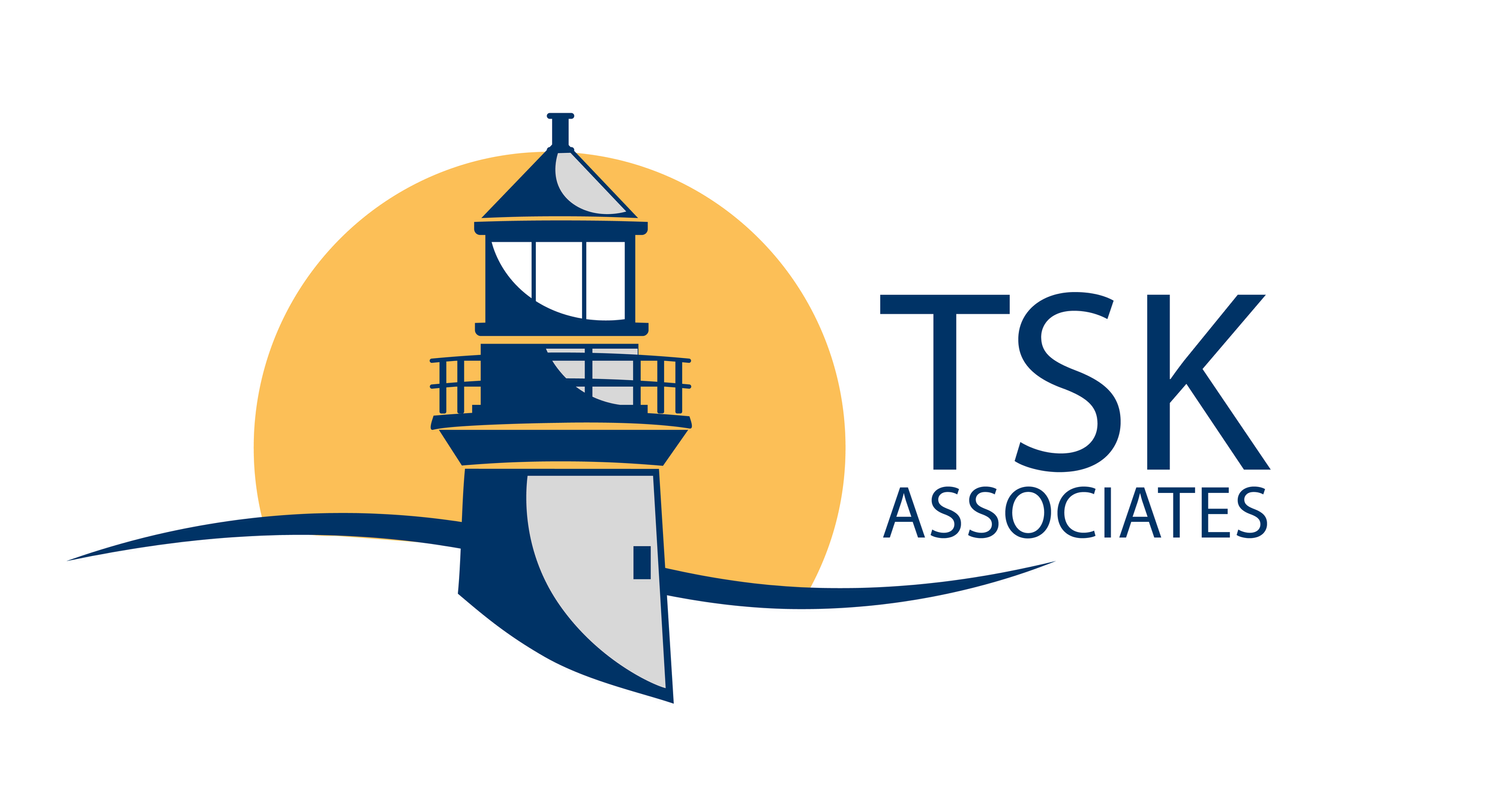July 30, 2018 12:00 am
By Andrew Vitelli
At this moment, 30 megawatts of offshore wind turbines are sending power to Narraganset Electric, the National Grid affiliate serving Rhode Island. They are the only offshore turbines in operation in the U.S., a pittance considering Europe is closing in on 20,000 MW in operation.
But in the U.S. renewable sector, offshore wind is generating increasing excitement. Between dropping costs, ambitious state renewable targets, and a host of European developers looking to bring their knowledge stateside, the long-awaited U.S. offshore wind surge is now widely seen as imminent.
“The U.S. will certainly take advantage of the path already traveled by the EU offshore market and will be in a position to catch up in just a few years,” said Alejandro de Hoz, the vice president of U.S. offshore for Avangrid Renewables.
Offshore wind development is especially crucial in the Northeast. Blue states like New York, New Jersey and Massachusetts are looking to up their clean energy usage, which entails using wind and solar to power cities near the coast. But the abundant land needed for onshore wind and solar farms is difficult to find near population centers while piping power long distances is inefficient. Besides, New York has neither the wind resource of Texas nor the solar intensity of California.
The Northeast does have an advantage when it comes to offshore wind. Ocean depth off the East Coast is relatively shallow, in some areas roughly 30 meters or less. Installing offshore wind turbines becomes more challenging the deeper the water, and is not viable beyond roughly 60 meters.
Over 10,000 MW of projects are in various stages of development along the East Coast. Of the large utility-scale sites in the pipeline, Vineyard Wind may be the closest to operation. The 800 MW project, a joint venture of Avangrid and Copenhagen Infrastructure Partners, was picked by Massachusetts for the right to negotiate a power purchase agreement and may be operational by 2021. Several more sites won’t be far behind.
When offshore wind debuted in Europe roughly a decade ago, it was an unproven technology and banks remained wary. The first deals required 50% equity backing. Investors have grown comfortable, with some deals now hitting 80% leverage.
In the U.S., new challenges emerge. The biggest difference between the continents is the knowledge base that has been built up in Europe. Ranjan Moulik, the global head of power and renewables at the French investment bank Natixis, said developers should find teams and individuals who successfully developed projects in Europe and “get them on a flight to the U.S.” American and European firms have teamed up for projects or development platforms, including Vineyard Wind and the 400-800 MW Bay State Wind project off Massachusetts developed by Denmark’s Ørsted and New England’s Eversource. Even if the expertise turns out to be transferable, the U.S. will still need to develop its own supply chain and deal with issues unique to the country. This includes the Jones Act, which requires goods traveling between U.S. ports to be shipped by U.S.-owned and operated vessels.
From the financing side, the centrality of tax equity contrasts with European government incentives. Feed-in tariffs and Contracts for Difference – subsidy schemes to limit exposure to pure market risk – helped jump-start the European market. Monetizing tax equity – particularly the quantity needed for offshore wind – is more complicated, which could scare some European lenders.
“But the industry has got the depth and experience to handle it,” said David Burton, the head of Mayer Brown’s renewable energy practice in New York. “It will get done.”
The West Coast is also beginning to see some interest, including a 650-1000MW proposed project off Morro Bay, California. Given the greater seabed depth, development in the Pacific would require advancements in technology of floating turbines that are not fixed into the ocean floor. This technology, however, is not as far along. The 30MW Hywind wind farm in Scotland is currently the world’s largest floating wind farm.
Andrew Vitelli is a New York-based reporter covering renewable energy for SparkSpread and Inframation News. His e-mail address is Andrew.vitelli@acuris.com.

